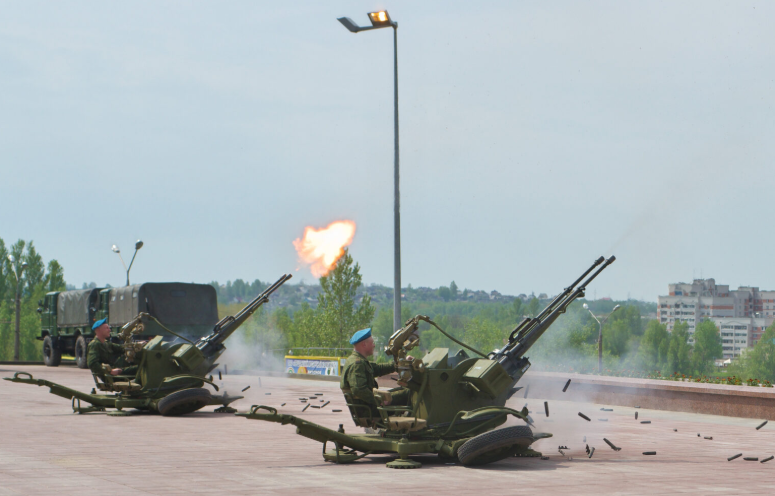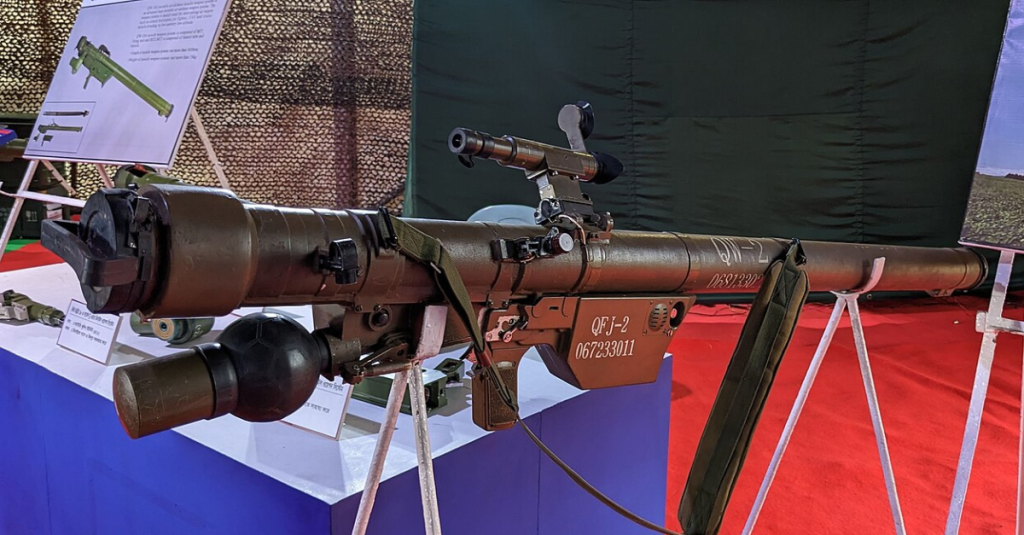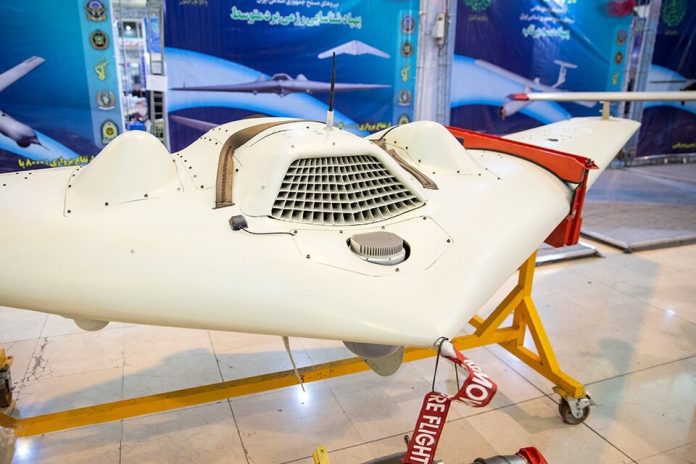
War is no longer defined solely by tanks and artillery it is now fought in swarms. The recent Ukrainian strike on Russia’s Donetsk drone base, obliterating an estimated 1,000 Shahed-type drones and 1,500 warheads, underscores a seismic shift in modern combat. This was not just a tactical victory; it was a statement about reach, precision, and the evolving arms race in unmanned warfare. The attack targeted a former airport turned fortified drone hub, a site symbolic of both Ukraine’s pre-war aspirations and the brutal transformation of its infrastructure under occupation.
For months, Ukrainian intelligence tracked Russian activity there, waiting for the moment when the strike would yield maximum damage. That moment came in early November 2025, marking one of the most significant blows to Russia’s drone fleet to date.
Yet the destruction, while spectacular, represents only a fragment of the broader contest. Russia’s industrial-scale drone production, Ukraine’s counter-strike innovations, and the looming test of winter warfare form a complex battlefield where technology, strategy, and resilience will decide the outcome.

1. Donetsk Airport: From Modern Gateway to Drone Fortress
Once a showcase for Ukraine’s modernization ahead of the 2012 European Football Championship, Donetsk International Airport became a ruin after fierce battles in 2014–2015. Russia rebuilt it into a fortified drone launch and storage facility, complete with hardened pads and defensive structures. Satellite imagery and OSINT analysis confirmed the presence of launch rails and sheds designed for Shahed and Gerbera drones. The Ukrainian strike destroyed multiple warehouses, with secondary detonations suggesting warhead storage inside. Analysts noted that the proximity of the base to the front lines reduced Ukrainian reaction time but also made it highly vulnerable to precision strikes.

2. Scale of Destruction vs. Russia’s Production Capacity
While Ukraine claims the strike eliminated around 1,000 drones, Russia’s current output up to 2,700 Shahed-type drones per month means such losses can be replaced in less than two weeks. The localized production at Alabuga SEZ has slashed per-unit costs from $200,000 for imports to about $70,000 domestically. This industrial resilience highlights the challenge Ukraine faces: tactical victories must be paired with sustained disruption of production to achieve strategic impact.

3. Evolution of the Shahed Drone Family
Iran’s Shahed drones, notably the -131 and -136, were designed for affordability and psychological impact. Russia’s modifications include larger warheads, carbon-coated exteriors for radar evasion, and incendiary payloads. Decoy variants like Gerbera complicate Ukrainian air defense by mimicking attack drone signatures. Production surges have enabled Russia to launch massive waves such as the 728 drones in a single day testing Ukraine’s layered defenses.

4. Ukraine’s Expanding Drone Arsenal
Ukraine manufactured two million drones in 2024 and aims to double that figure. Commanders like Robert “Madyar” Brovdi have integrated FPV kamikaze drones into assault brigades, achieving remarkable effectiveness against armored targets despite jamming. Interceptor drones such as the Mongoose and Bahnet, costing as little as $1,000, have become a cost-efficient counter to Shahed swarms, reducing reliance on expensive missiles.

5. Energy Infrastructure as a Battlefield
Ukraine’s drone strikes on Russian energy assets, including the Volgograd refinery processing 15 million tons annually, have disrupted fuel supplies and export revenues. By late 2025, over half of Russia’s major refineries had been hit at least once. These operations aim to pressure Moscow economically while forcing resource diversion to defend critical infrastructure.

6. Russia’s Winter Punishment Strategy
Cold and darkness are weapons in Russia’s campaign to break Ukrainian morale. Coordinated missile and drone swarms have targeted power plants, gas facilities, and heating systems. The Kremlin appears to be holding back strikes on 750kV substations, possibly to deliver a crippling blow during the coldest months. Germany’s defense minister Boris Pistorius warned, “Putin aims to make winter as unbearable as possible for Ukraine.”

7. Counter-Drone Innovations in Europe
The war has spurred European investment in counter-drone systems. Danish firm MyDefence has supplied over 2,000 wearable Wingman detectors to Ukraine, while Weibel Scientific’s Doppler radar technology is being integrated into NATO’s proposed “drone wall.” The U.S.-made Merops system, deployed on NATO’s eastern flank, uses AI to track drones even under jamming conditions.

8. The Economics of Drone Attrition Warfare
Russia’s Shahed drones cost $20,000–$50,000, far less than the missiles used to intercept them. This cost asymmetry is central to Moscow’s strategy of saturation attacks. Ukraine’s response includes acoustic sensor networks, the DELTA common operating system for real-time coordination, and mobile defense teams armed with machine guns, MANPADS, and interceptor drones.

9. Strategic Deep Strikes and Supply Chain Disruption
Destroying drones on the ground is the most efficient countermeasure. Ukraine’s long-range strikes on launch sites, storage facilities, and supply chains sometimes complemented by cyber operations aim to reduce Russia’s operational tempo. Targeting the flow of Chinese-made components critical to Shahed production is a growing priority for Kyiv and its allies.

10. The Looming Test of Resilience
Winter will challenge both nations’ ability to sustain operations. Ukraine must protect its grid, maintain drone production, and preserve civilian morale under relentless bombardment. Russia must defend its industrial base, manage domestic fuel shortages, and maintain the pace of its drone campaign. The outcome may hinge on which side adapts faster to the evolving technological and logistical demands of drone-centric warfare.
The Donetsk strike was a dramatic moment in a war increasingly defined by unmanned systems and industrial-scale attrition. Yet it is only one move in a longer game where production lines, countermeasures, and strategic endurance matter as much as battlefield victories. For defense analysts, the lesson is clear: in the age of drone saturation, success belongs to the side that can innovate, disrupt, and sustain under pressure through winter and beyond.


